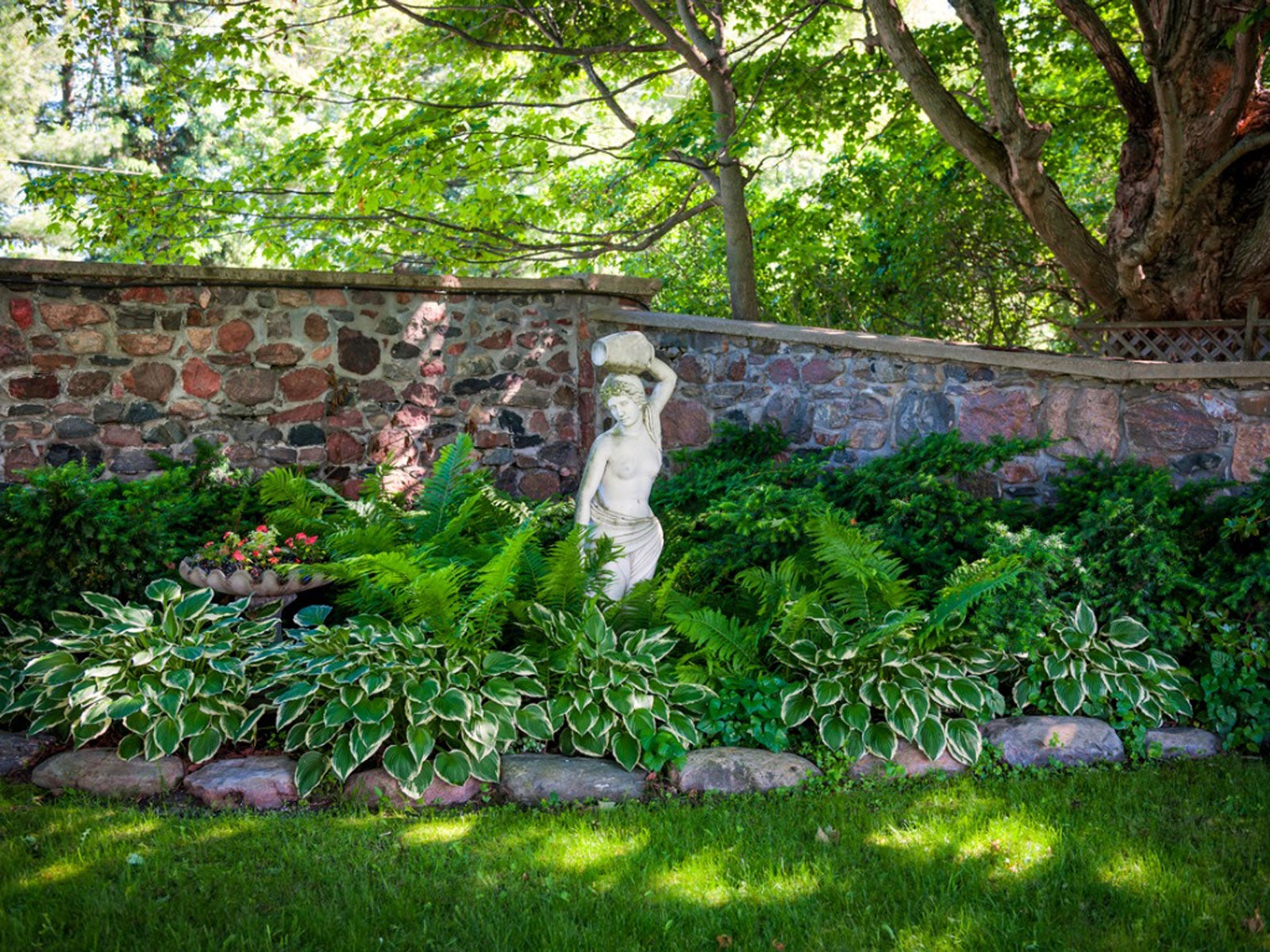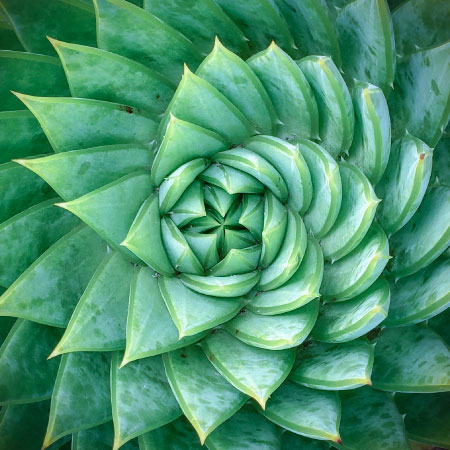Discovering The Benefits Of Shade Gardening


When Henry Austin Dobson wrote of 'shadows large and long' in A Garden Song, he could have been referring to many of our garden spaces. Trees, walls, fences, buildings, and even directional aspect can all interfere with the amount of sunlight received in a given area, particularly on urban properties. Despite the challenges a lack of sunlight may present, an enterprising gardener can create an attractive, useful, and relaxing garden in the shade.
Benefits of Shade Gardening
Shade gardens can have advantages over the more traditional, open sun gardens. The same tree that is blocking the sunlight is also providing a year-round structural focal point to enhance and complement your plantings. Walls and buildings offer a lovely backdrop to your beds while moderating temperature changes and protecting your plants from punishing winds. Just as sunny gardens allow you to grow certain plants those shady areas do not, reduced light areas permit growth of plants that cannot tolerate direct sunlight. Finally, from a personal comfort perspective, maintaining a shade garden spares the gardener from toiling under the hot sun. This benefit can be particularly important for very young, elderly, or heat-sensitive gardeners.
How to Garden in the Shade
Consider the opportunities put forward by the presence of a mid-size tree in an area in which you want to plant:
- you can leave the tree as it is and work around it
- you can install a lovely little bench or patio for keeping cool in the summer
- you can add shrubs and smaller plants to give the illusion of a more substantial garden
- you can reduce the amount of shade by trimming and pruning the tree
Deep shade can present challenges for any gardener, so keep in mind that it is much easier to lessen the amount of shade you have than it is to increase it. It's also important to remember that most deciduous trees will erupt into autumn color, extending your vibrant seasonal display time, while coniferous trees maintain their shape and color year-round. A shade garden created by the presence of a wall or building presents a super opportunity to create a gorgeous backdrop while hiding unsightly areas by growing clinging vines that will adhere to brick and similar rough surfaces or by installing other climbing plants on trellises. Such additions create height and visual interest in your shade garden.
Using Shade Loving Plants
Depending on existing vegetation and the amount of light reaching your site, maintaining a shade garden is easy. You may not have to water your shade garden as often as you would an exposed bed but take your individual conditions into account when planning a watering and feeding regime. Shade gardens look particularly striking when white or silver shade loving plants are used. These colors can appear washed out in a fully exposed garden plot but will shine against the darker backdrop of a shade garden. There are different densities of shade, and it is important to map your garden's lighting conditions to determine which shade loving plants will work best under the conditions in your garden. It's easy to misjudge the light levels in your garden, so take careful note of how long your proposed shade garden actually is sheltered from the light before planning to take advantage of the benefits of shade gardening!
Gardening tips, videos, info and more delivered right to your inbox!
Sign up for the Gardening Know How newsletter today and receive a free copy of our e-book "How to Grow Delicious Tomatoes".
-
 Get Ready For A Summer Of Hummers! Grow These Full Sun Hummingbird Plants and Flowers
Get Ready For A Summer Of Hummers! Grow These Full Sun Hummingbird Plants and FlowersIf you’re lucky enough to enjoy a sunny backyard, make sure you are maxing out on your pollinator opportunities and grow these full sun hummingbird plants and flowers
By Tonya Barnett
-
 12 Lush Alternatives To A Lawn For Sustainable Spaces
12 Lush Alternatives To A Lawn For Sustainable SpacesAlternatives to a lawn are beautiful and also beneficial to your local ecosystem and its pollinators. Explore our top picks for plants to replace grass.
By Tonya Barnett